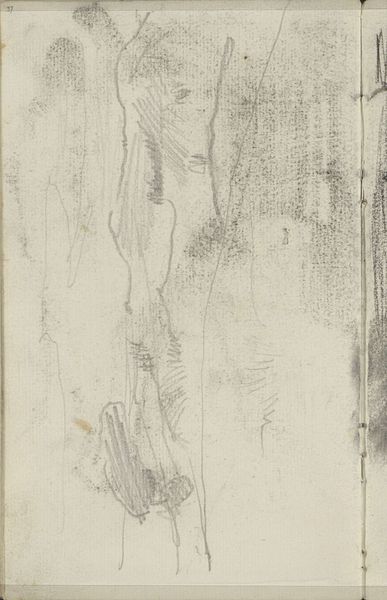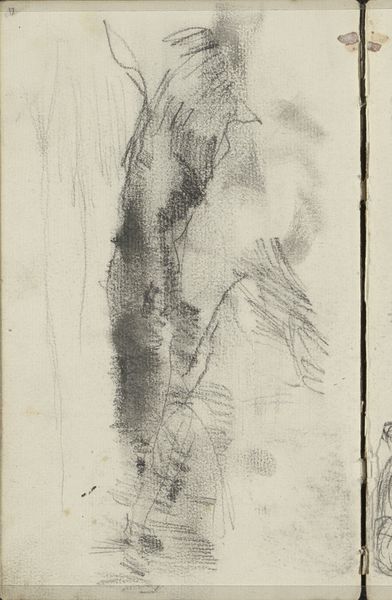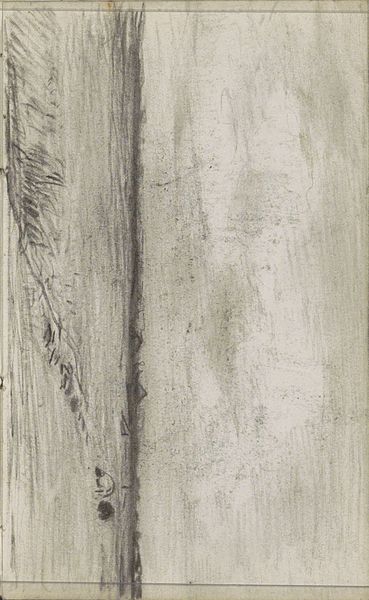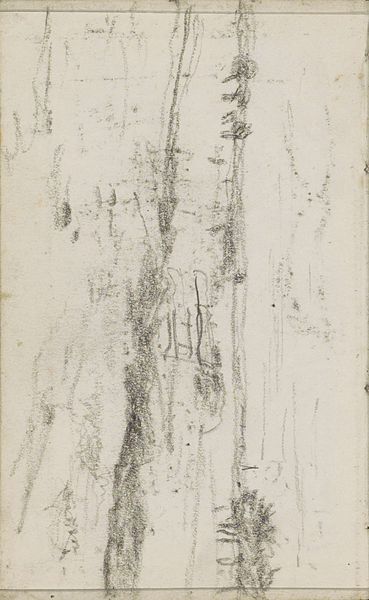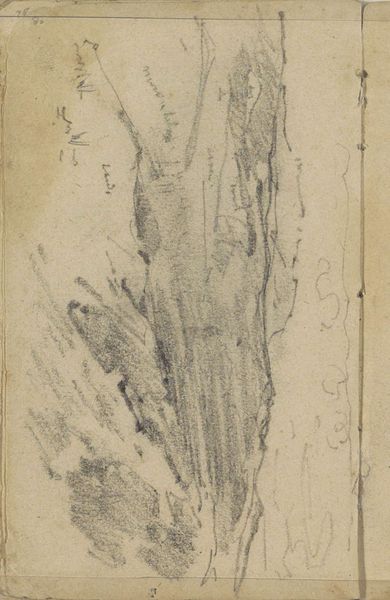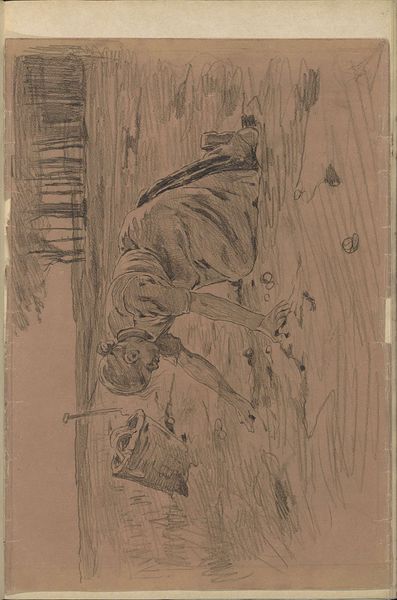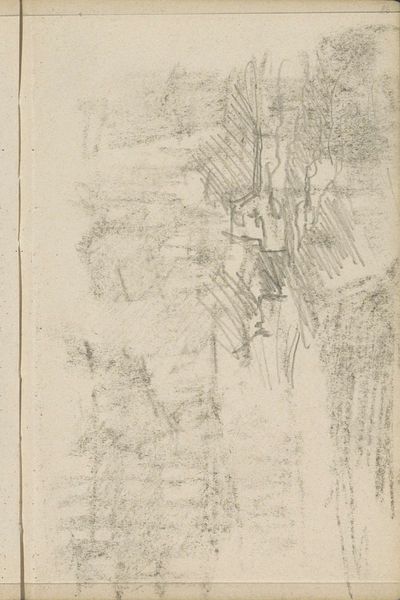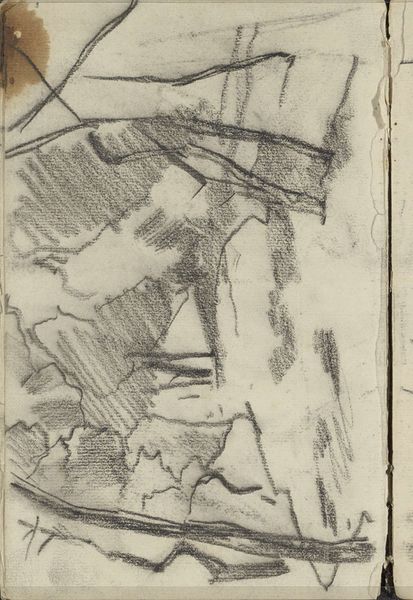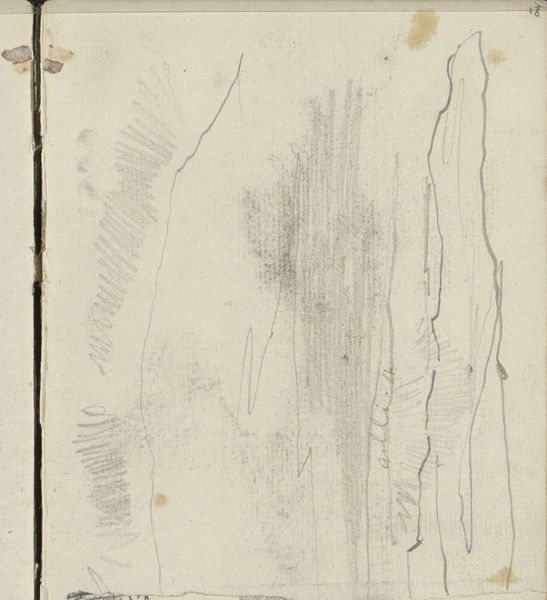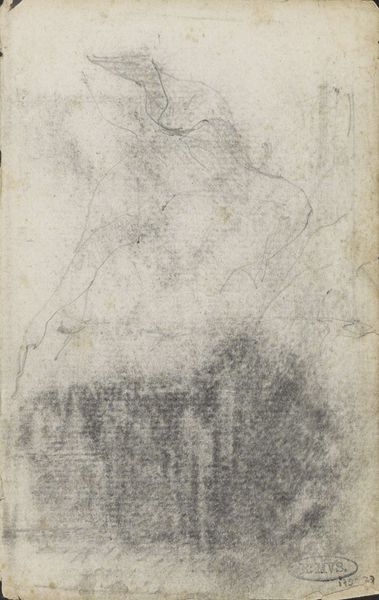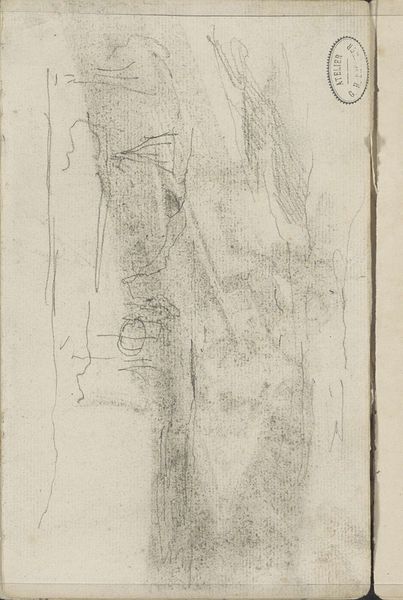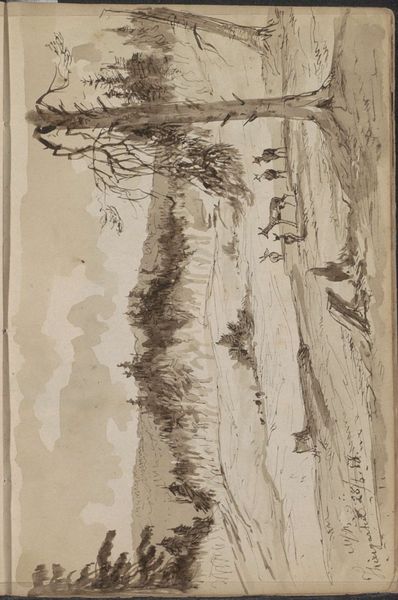
drawing, ink
#
drawing
#
asian-art
#
fluid brush stroke
#
landscape
#
charcoal drawing
#
ink
#
pencil drawing
#
orientalism
#
line
Dimensions: 20 × 3 3/4 in. (50.8 × 9.53 cm) (image)65 3/4 × 12 11/16 in. (167.01 × 32.23 cm) (mount, without roller)
Copyright: Public Domain
Editor: Here we have "Crossing the River," created in 1822 by Aoki Mokubei. It’s an ink drawing on paper, and the wispy, almost ethereal quality makes me feel like I’m viewing a memory or a dream. What historical context might have influenced this piece? Curator: That ethereal quality you’re sensing is key. Consider the socio-political climate of 19th-century Japan. Mokubei was working during the late Edo period, a time marked by both relative peace and increasing social stratification and restrictions. This landscape, while seemingly serene, might be read as a subtle commentary on those societal limitations and the human desire to transcend them. The act of "crossing" isn’t just physical, is it? What other symbolic weight can it carry? Editor: I see what you mean. Crossing could represent overcoming obstacles, or even seeking a new perspective. I guess I had just taken the subject matter too literally. Curator: Precisely. The composition reinforces this idea. Notice how the landscape seems to dwarf the figure in the boat. Is this simply a literal depiction, or could it also symbolize the individual's position within a larger social structure? It subtly highlights the tensions between individual agency and social constraints prevalent during that era. Editor: So, it's less about the literal landscape and more about the feeling it evokes and its relation to the people of the time. That’s fascinating, especially how an image can simultaneously show an idyllic scene but also imply societal challenges. Curator: Exactly! And it demonstrates the power of art to reflect and even critique the times in which it’s created. We must always look for these layered meanings. Editor: I will! This was such a helpful interpretation; thank you for drawing attention to the socio-political undercurrents within it. Curator: My pleasure. Remembering these crucial connections to broader cultural currents can unveil powerful, lasting truths embedded in artworks from all places and periods.
Comments
No comments
Be the first to comment and join the conversation on the ultimate creative platform.
